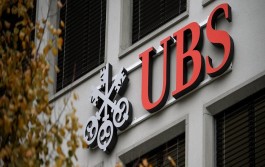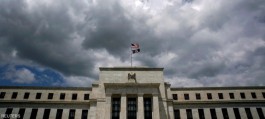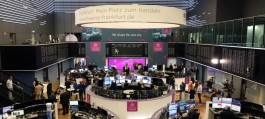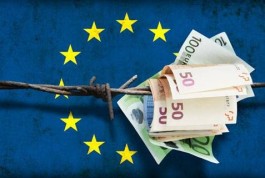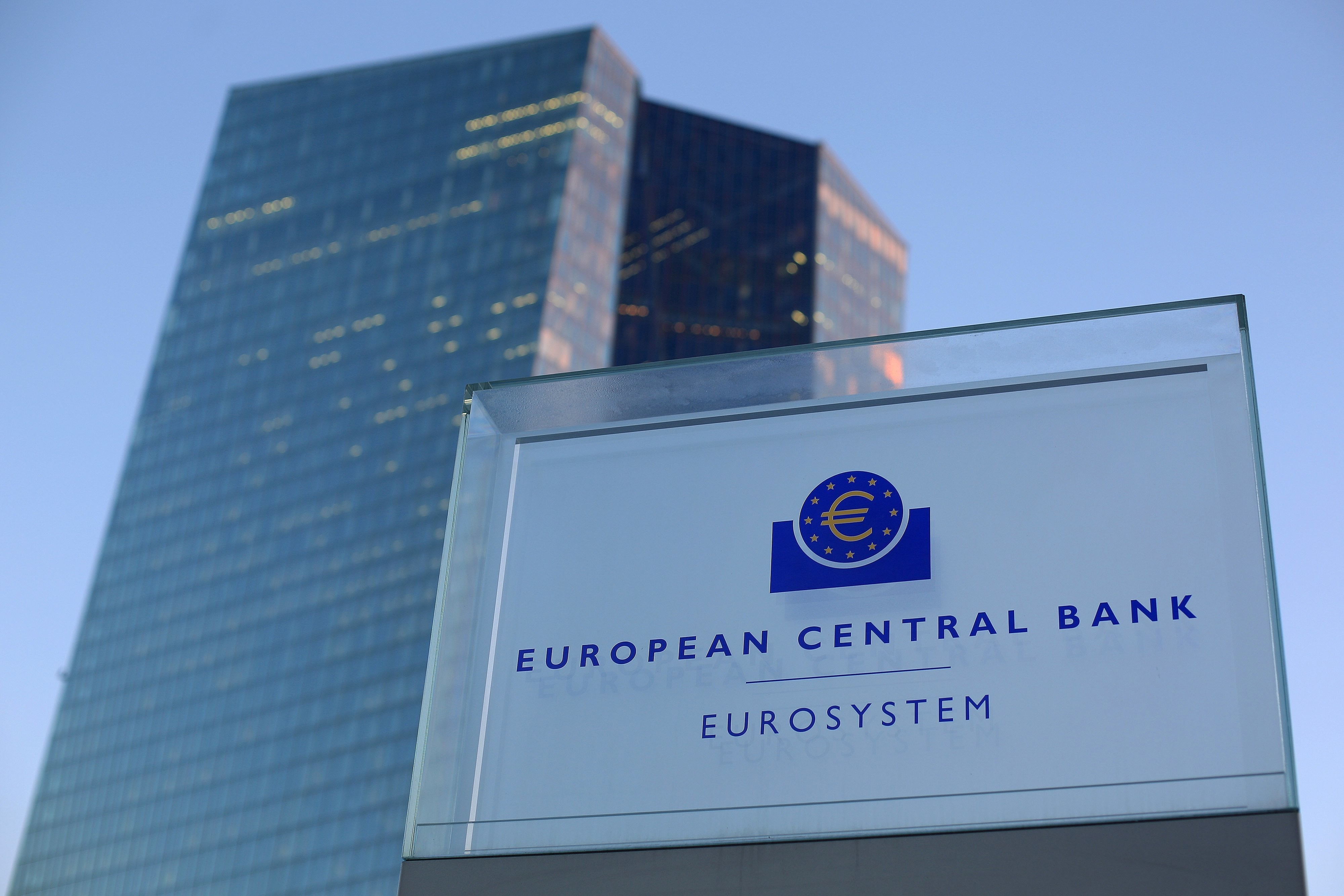The European Central Bank is widely expected to start cutting interest rates from record lows on Thursday, its first cut in nearly five years, but volatile inflation means the path ahead is uncertain.
After an unprecedented series of interest rate hikes in the eurozone starting in mid-2022 to curb runaway energy and food costs, inflation has slowly begun to ease back towards the European Central Bank’s 2% target.
Interest rates in Europe have been on hold since last October, but the central bank is almost certain to cut borrowing costs by a quarter of a percentage point on Thursday, meaning the main deposit rate will fall to 3.75 percent from 4 percent.
The decision will give a much-needed boost to the struggling eurozone economy, and will be the first cut since September 2019.
The move would also signal a move away from the ECB's position as the US Federal Reserve, which has also raised interest rates sharply but is not expected to start cutting them until later due to stronger-than-expected US economic data.
The ECB is almost certain to cut its key interest rates... and markets have been informed of this move for a long time, said Frederic Ducrozet, chief economist at Pictet Wealth Management.
He added that the focus will shift to what happens after June.
The ECB's tightening campaign began after Russia's war with Ukraine in 2022 and pandemic-related supply chain problems led to higher inflation, with the central bank raising interest rates 10 times in a row.
Exclude accelerating monetary easing
Thursday's expected rate cut is unlikely to be the start of a rapid easing cycle.
Although consumer price inflation has slowed from its peak of more than 10% in late 2022, when Europe was hit by an energy shock, bringing inflation down to the European Central Bank’s target is proving difficult.
Data last week showed that inflation in the 20 countries that use the euro rose in May, and faster than expected - to 2.6 percent year-on-year, up from a 2.4 percent increase in April.
Exclude accelerating monetary easing
Thursday's expected rate cut is unlikely to be the start of a rapid easing cycle.
Although consumer price inflation has slowed from its peak of more than 10% in late 2022, when Europe was hit by an energy shock, bringing inflation down to the European Central Bank’s target is proving difficult.
Data last week showed that inflation in the 20 countries that use the euro rose in May, and faster than expected - to 2.6 percent year-on-year, up from a 2.4 percent increase in April.
Instead, many analysts believe that monetary policymakers hope to cut interest rates at every other meeting — that is, once a quarter, as the bank meets every six weeks — while regularly issuing updated forecasts.
These expectations were reinforced by recent comments from the Dutch central bank president, Klaas Knot, a member of the European Central Bank's governing council, who said that interest rates would be cut gradually with a focus on the quarterly meetings.
In the United States, stronger-than-expected data pushed back expectations for when the Federal Reserve - which holds its next meeting in mid-June - will start cutting borrowing costs, fueling speculation that the European Central Bank may also pause.
But eurozone policymakers have stressed that they are plotting their own course.
However, there are concerns that the European Central Bank will cut interest rates faster than its US counterpart, as this could depreciate the euro and increase inflation by raising the cost of imports into the eurozone.


















